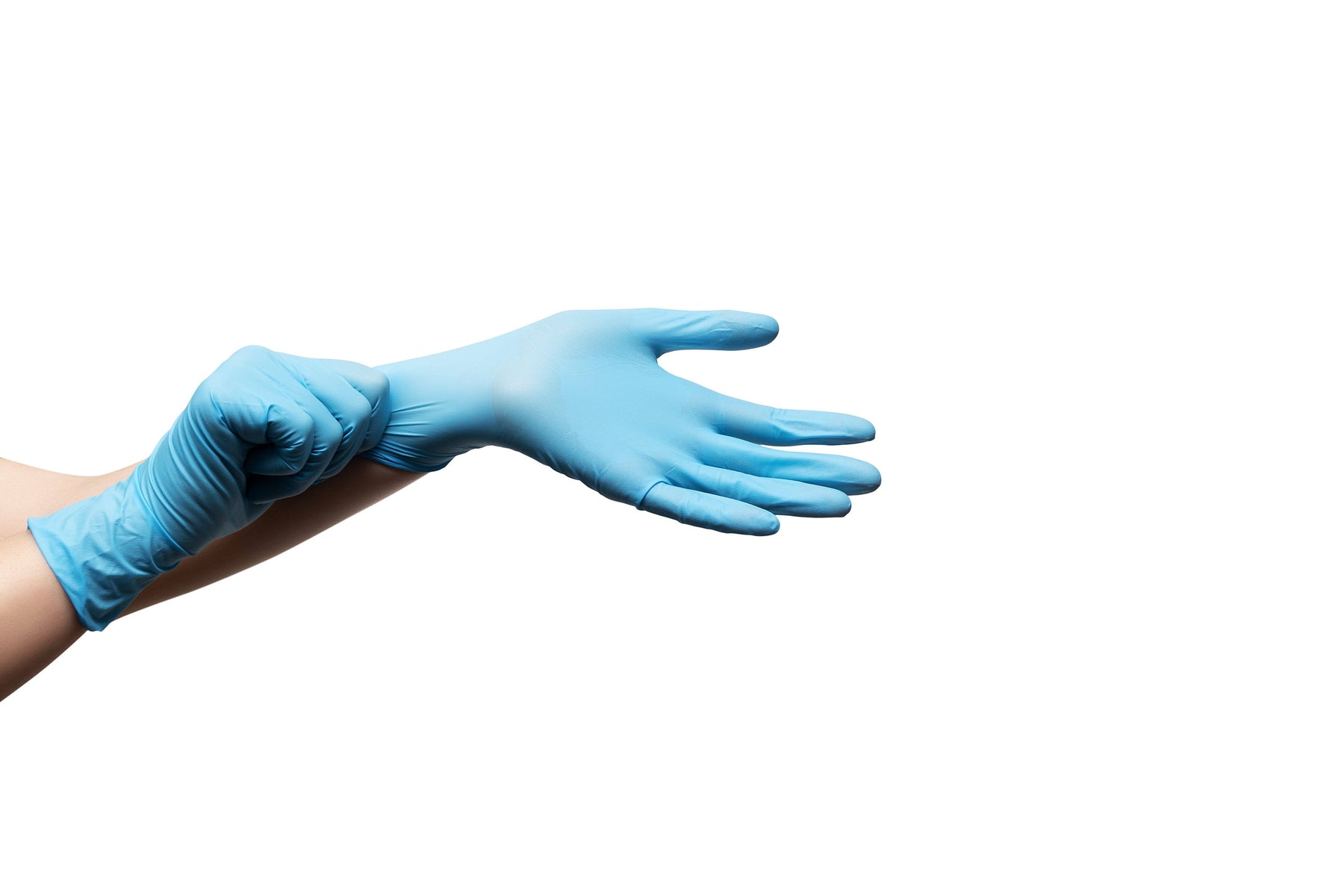
How Latex Gloves Are Made
Natural rubber latex is the oldest and most familiar material used for disposable gloves. In recent years it has increasingly been replaced by nitrile, and to a lesser extent vinyl gloves, but it still remains popular in many cases, especially for medical applications.
What Are Latex Gloves Made From?
The basic raw material used in manufacturing is latex concentrate, which is a natural product of the rubber tree. Initially, rubber was slow to catch on because it was hard to work with. In cold weather rubber becomes brittle, and in hot weather it gets sticky. This changed with the discovery of the process of vulcanization, in which sulfur and lead-fortified rubber is heated at a low temperature to render it stronger, melt-resistant, and reliable. Vulcanization made the rubber easier to work with and more viable to be used for many products such as disposable gloves.
How Are Latex Gloves Made?
Latex glove production uses ceramic or aluminum hand-shaped molds called formers, that are first extensively washed in hot water and chlorine to ensure there is no residue from previous batches. The formers, suspended on a continuously moving chain, are then dipped into a mixture of calcium nitrate solution and calcium carbonate, and the dried. After the drying process, the molds are dipped into the latex compound. The duration of the dip determines the mil thickness of the gloves. The freshly molded gloves are next leached in a mixture of hot water and chlorine, removing residual latex proteins and chemicals to help reduce the severity of any allergic reactions to latex.
The gloves are then dried and cured. After drying, the gloves are rinsed again to leach out more latex proteins, then the cuffs are beaded, or rolled, to make them easier to put and off. Pneumatic air jets then strip the finished gloves from the formers, or workers will remove them by hand. The molds are given another thorough chemical wash and rinse, and then the process repeats.
How Are latex Medical Gloves Tested?
Latex gloves are tested to ensure quality using methods from the American Society for Testing and Materials (ATSM). The U.S. Food and Drug Administration (FDA) regulates these standards. One standard test is the pinhole leak test. Workers fill the gloves with one liter of water, then close and hang the gloves to check for leaks. The tests adhere to guidelines regarding acceptable quality limits (AQLs). The AQL percentages indicate the number of gloves in a batch that must pass the test. An AQL of 2.5% means that statistically, only 2.5 gloves for every hundred will fail a quality test. If the failures in a batch exceeds 2.5%, all the gloves in that batch will fail. Medical grade latex gloves are subject to more demanding tests than industrial grade latex gloves.

Leave a comment